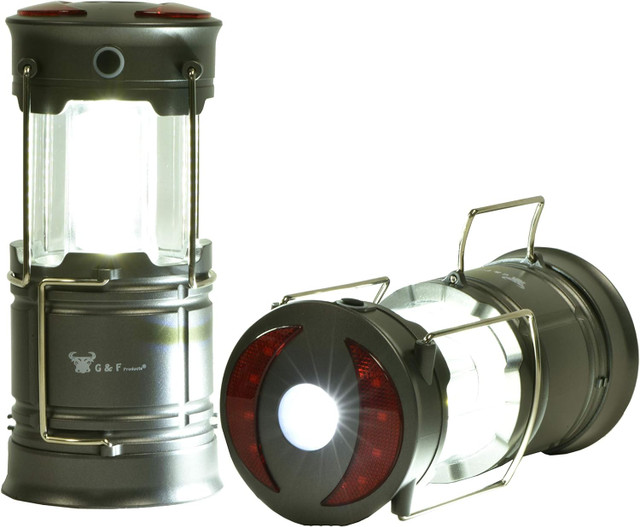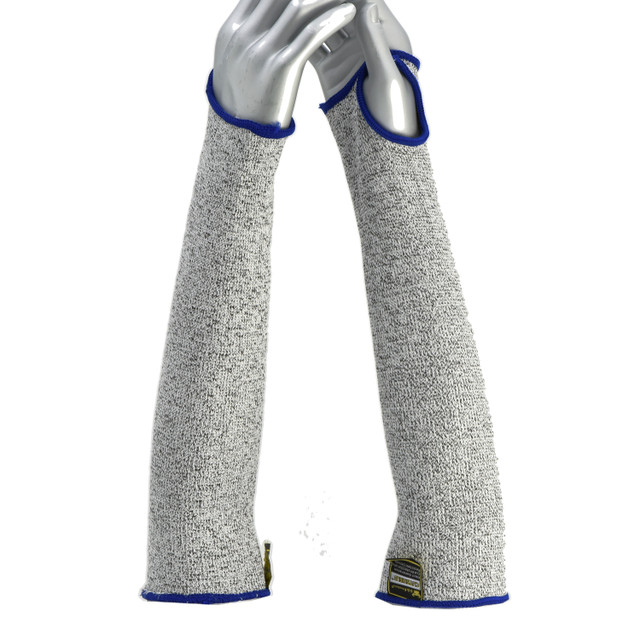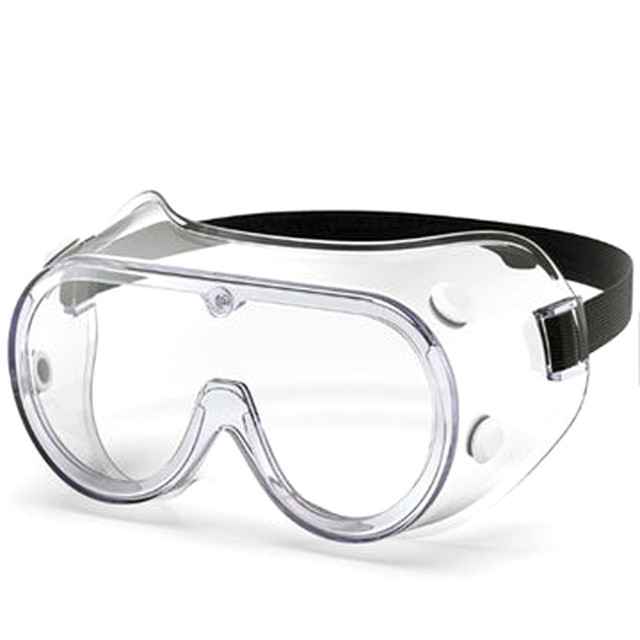
G & F
2-Pack LED Lantern Flashlights, Super Bright Emergency Lights with Magnet Base, Long Lasting Battery Power, 360 LEDs, 200 Lumens
MSRP:
$17.99
$12.99
(You save:
$5.00
)
SKU:
13020
Availability:
Usually ships within 2 business days.
Shipping:
Calculated at Checkout
About this item
- 360-degree Daytime Running Light with 39 High Flux LEDs
- Collapsible design for easy storage and transport
- Functions as a flashlight or red emergency light
- Complies with ANSI F1 Standard for specific requirements
- Produces 200 Lumens on average, with peak output at 250 Lumens
- Beam Intensity reaches approximately 150 meters or 500 feet
- Ideal for room/campsite lighting during storms or power outages
Bulk Pricing
Below are the available bulk discount rates for each individual item when you purchase a certain amount
- Buy 12 - 35 and get 10% off
- Buy 36 - 59 and get 12% off
- Buy 60 or above and get 14% off

2-Pack LED Lantern Flashlights, Super Bright Emergency Lights with Magnet Base, Long Lasting Battery Power, 360 LEDs, 200 Lumens
MSRP:
$17.99
$12.99
(You save:
$5.00
)






























